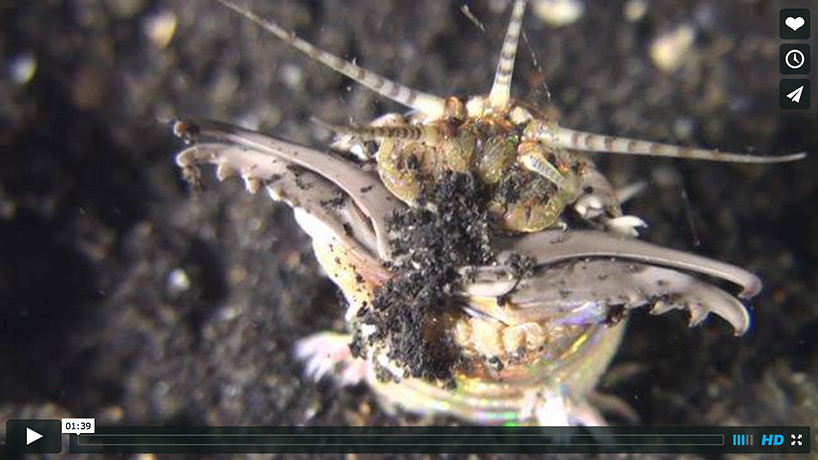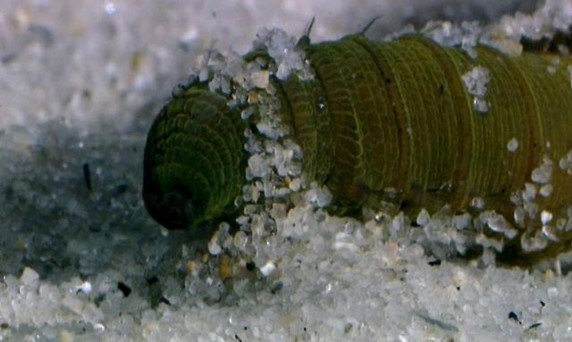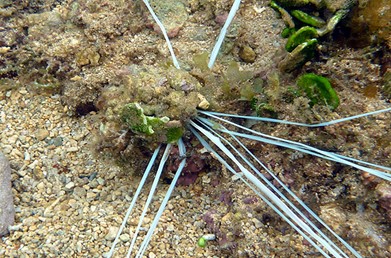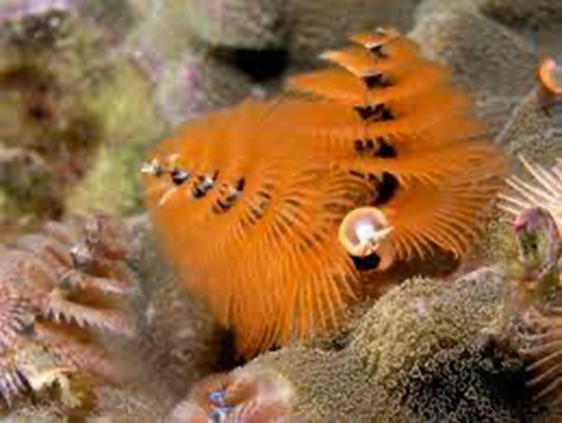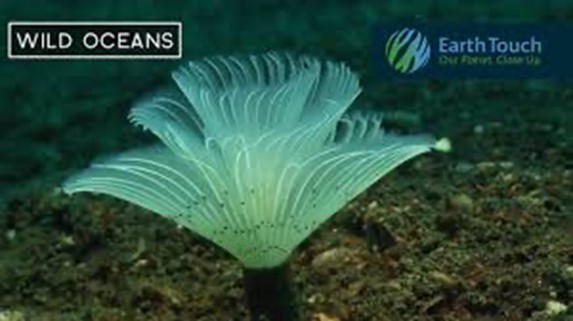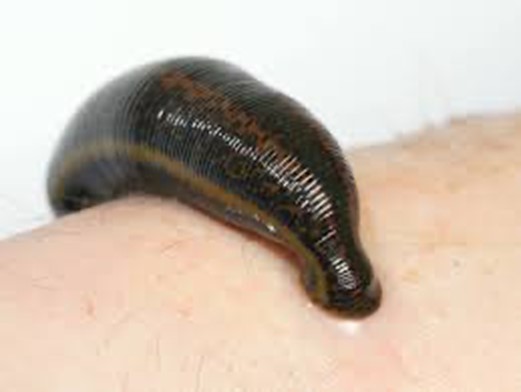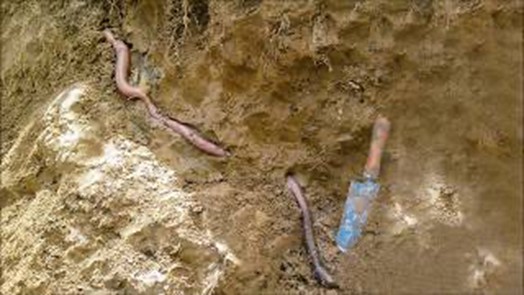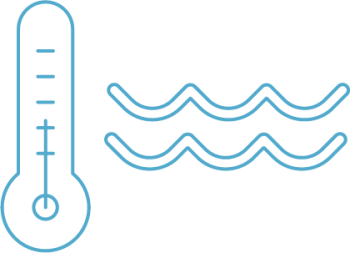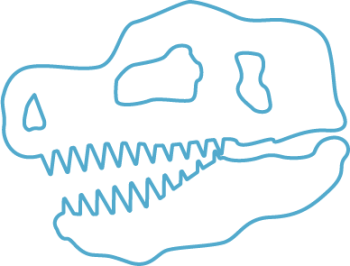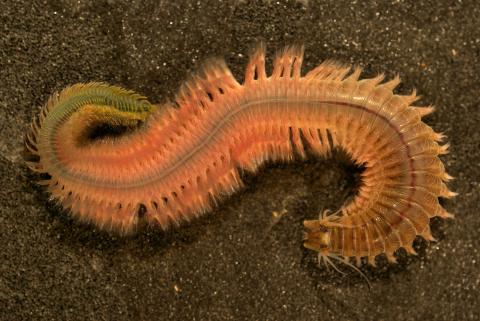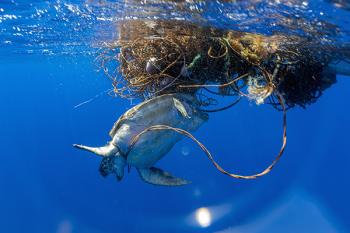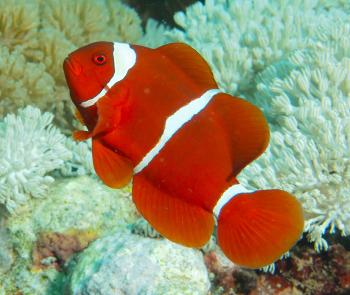Read THE NEXT SEGMENT An Explosion of Life from the shape of life book.
General information about annelids can be found at the Animal Diversity website.
Annelids owe their evolutionary success to segmentation. Arthropods and Vertebrates also have segmented bodies. Scientists have discovered what they think is the common origin of segmentation in annelids and arthropods. Read the Science Daily article: Segmentation is the secret behind diversity.
There are three main types of annelids: Polychaetes or bristle worms, earthworms, and leeches.
Polychaetes are called bristle worms because they have bristles or setae on their segments. Here are interesting facts about polychaetes from The Smithsonian Museum. Most polychaetes are benthic, crawling around on the bottom or living in tubes attached to the substrate. But some have adapted to swimming. You can read the entire article here. Here is a video of a truly pelagic annelid. Here are some beautiful photos of polychaete worms. And here is another site with beautiful photos of polychaetes.
The bobbit worms (Eunice aphroditois) are nocturnal, predatory polychaete worms that burrow themselves in the ocean floor with only their sensitive head and antennae visible. The five antennae sense prey; the worm then catches it with a feeding apparatus called a pharynx. The pharynx can turn inside out and has strong, sharp pincers on the end. Sometimes its prey is cut clean in half because of the speed and strength of the attacks, and it can inflict a nasty bite if a human gets too close. Once the prey is caught, this long-living worm will shoot back into its burrow to feed.
Nereid polychaetes are free-living active predators. Some live in freshwater. Others in mud or sand in marine environments. The king ragworm is especially fierce.
Earthworms are terrestrial annelids with simple bodies without appendages. Here is information about earthworm anatomy. Most live in the soil. Learn how earthworms move through soil. There are many non-native earthworms.
